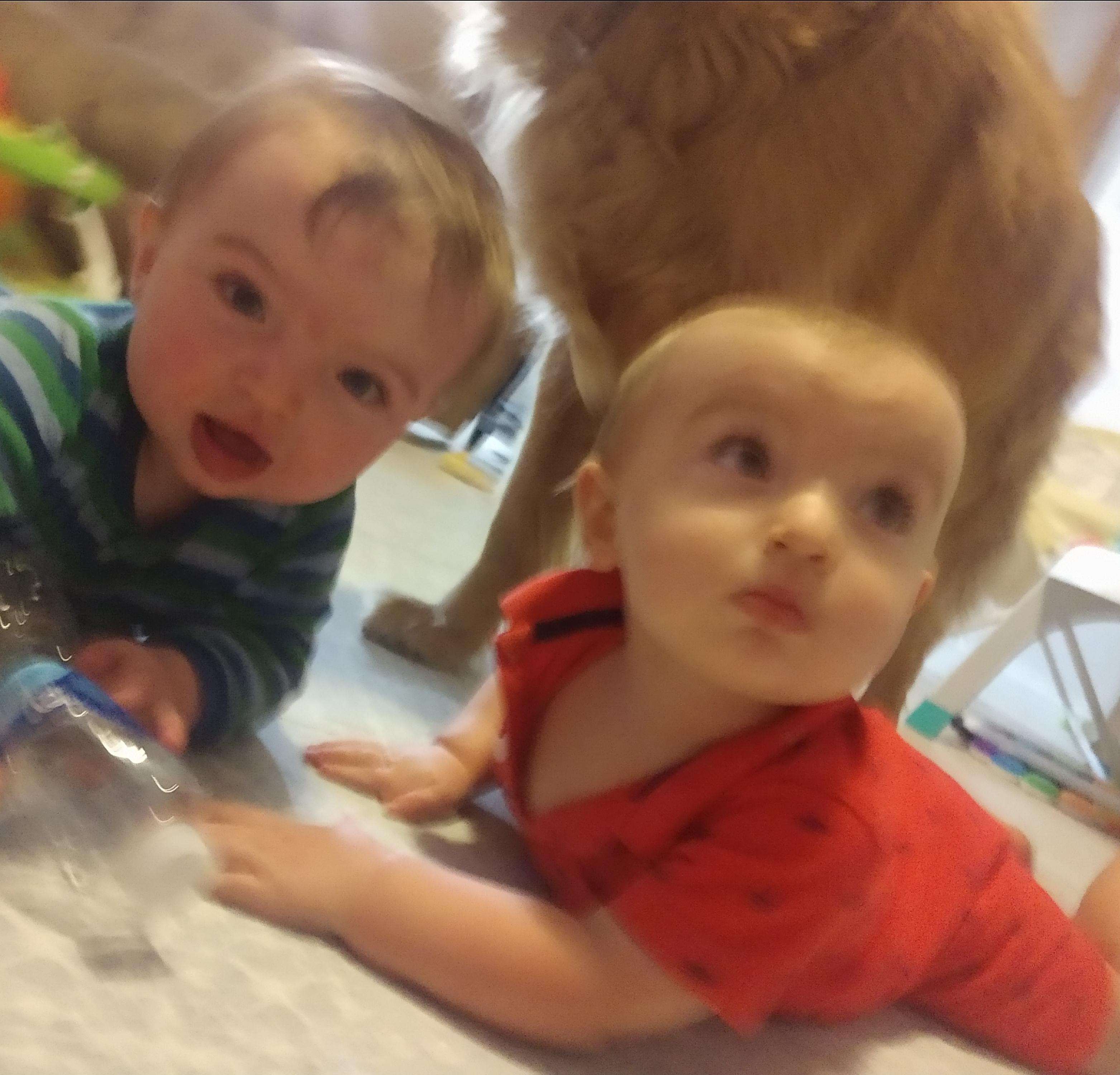FYI: Cough trick for immunizations
From Medscape:
"Cough Trick" May Reduce Pain of Routine Pediatric Immunizations
January 14, 2010 — A simple "cough trick" may be an effective strategy to reduce pain for some children undergoing routine immunizations, according to the results of a randomized, controlled, unblinded, within-subject study reported online January 11 and published in the February print issue of Pediatrics.
"Pediatric immunizations are the most common painful procedures occurring in pediatric medical settings," write Dustin P. Wallace, PhD, from the University of Nebraska Medical Center in Omaha, and colleagues. "Although a number of strategies are available to help reduce immunization pain, they often are not used because of time, effort, or cost associated with use."
The study goal was to assess the efficacy of a "cough trick" technique, which requires minimal equipment, time, and training for parents, children, and nursing staff members, on self-reported pain of children receiving routine immunizations.
At an outpatient pediatric clinic at a large public hospital in the Midwest, 68 children receiving prekindergarten (age, 4 - 5 years) or pre–junior high school (age, 11 - 13 years) immunizations were recruited. The "cough trick" involved a single "warm-up" cough of moderate force, followed by a second cough at the time of needle puncture. Self-reported pain was the main study endpoint, which was also corroborated by parent and nurse report of pain. A measure of satisfaction with the procedure was completed by older participants and all nurses.
The "cough trick" did not appear to be effective in the initial analysis, but post hoc tests showed statistically and clinically significant efficacy for children self-identified as Hispanic white or non-Hispanic white, but not for those self-identified as non-Hispanic black. Participants as well as clinic nurses reported that the procedure was acceptable and effective.
"The results of this study suggest that the cough trick can be an effective strategy for the reduction of pain for some children undergoing routine immunizations," the study authors write. "The cough trick is easily taught and requires no additional cost, equipment, or staff time.... However, additional research is needed to clarify the observed moderation by self-identified race."
Limitations of this study include relatively small sample size, refusal of some children to comply with the procedure, refusal of about 40% of invited parents to have their child participate, and inability to collect data for a fairly large sample of patients. In addition, use of the visual analog scale for pain self-reporting has not been validated for use with young children.
"Belief in the value of pain management is relevant not only for patients but also for staff members," the study authors conclude. "A significant barrier to the clinical implementation of any pain management strategy may be the perception of some that the pain associated with pediatric immunizations is not worth treating. In this study, however, nurses were observed to use a variety of strategies in the control condition to help children manage the pain, which suggests that the nurses were interested in helping to reduce immunization pain."
The Maternal and Child Health Bureau and the Administration on Developmental Disabilities, Department of Health and Human Services, supported this study in part.
Pediatrics. 2010;125:e367-e373.
Jo
DS:9 yrs old / DD:5 yrs old / DS: 1 yr old



